Technological Innovations
Technological advancements are reshaping the Passenger Boarding Bridges Market, with innovations enhancing the functionality and efficiency of boarding solutions. The introduction of smart boarding bridges equipped with sensors and automation technology is streamlining the boarding process. These innovations not only improve operational efficiency but also contribute to safety and reliability. As airports increasingly adopt these technologies, the demand for modern passenger boarding bridges is expected to rise. This trend indicates a shift towards more sophisticated solutions in the Passenger Boarding Bridges Market, potentially leading to increased competition among manufacturers.
Increasing Air Travel Demand
The Passenger Boarding Bridges Market is experiencing a notable surge in demand due to the increasing number of air travelers. As more individuals opt for air travel, airports are compelled to enhance their infrastructure to accommodate this growth. According to recent data, air passenger numbers are projected to reach 8.2 billion by 2037, necessitating the expansion of airport facilities, including the installation of advanced passenger boarding bridges. This trend indicates a robust market potential for manufacturers and suppliers in the Passenger Boarding Bridges Market, as airports seek to improve efficiency and passenger experience.
Focus on Passenger Experience
Enhancing passenger experience remains a pivotal driver in the Passenger Boarding Bridges Market. Airports are increasingly investing in modern boarding solutions that facilitate smoother transitions from terminal to aircraft. The integration of advanced technology in passenger boarding bridges, such as automated systems and real-time information displays, is becoming commonplace. This focus on improving the overall travel experience is likely to drive demand for innovative boarding solutions, as airports aim to reduce wait times and enhance comfort for travelers. Consequently, this trend presents significant opportunities for stakeholders in the Passenger Boarding Bridges Market.
Sustainability and Environmental Regulations
The growing emphasis on sustainability is becoming a critical driver in the Passenger Boarding Bridges Market. Airports are under pressure to adopt environmentally friendly practices, leading to the development of energy-efficient boarding bridges. Compliance with stringent environmental regulations is prompting airports to invest in sustainable technologies that minimize their carbon footprint. This shift towards greener solutions is likely to influence purchasing decisions, as stakeholders prioritize eco-friendly options. Consequently, the Passenger Boarding Bridges Market is expected to witness a rise in demand for sustainable boarding solutions, aligning with global efforts to combat climate change.
Government Investments in Airport Infrastructure
Government initiatives aimed at upgrading airport infrastructure are significantly influencing the Passenger Boarding Bridges Market. Many countries are allocating substantial budgets to enhance their aviation facilities, recognizing the economic benefits of improved air travel. For instance, recent reports indicate that investments in airport infrastructure are expected to exceed USD 100 billion over the next decade. This influx of capital is likely to spur the adoption of modern passenger boarding bridges, as airports strive to meet international standards and improve operational efficiency. Such investments are crucial for the growth of the Passenger Boarding Bridges Market.
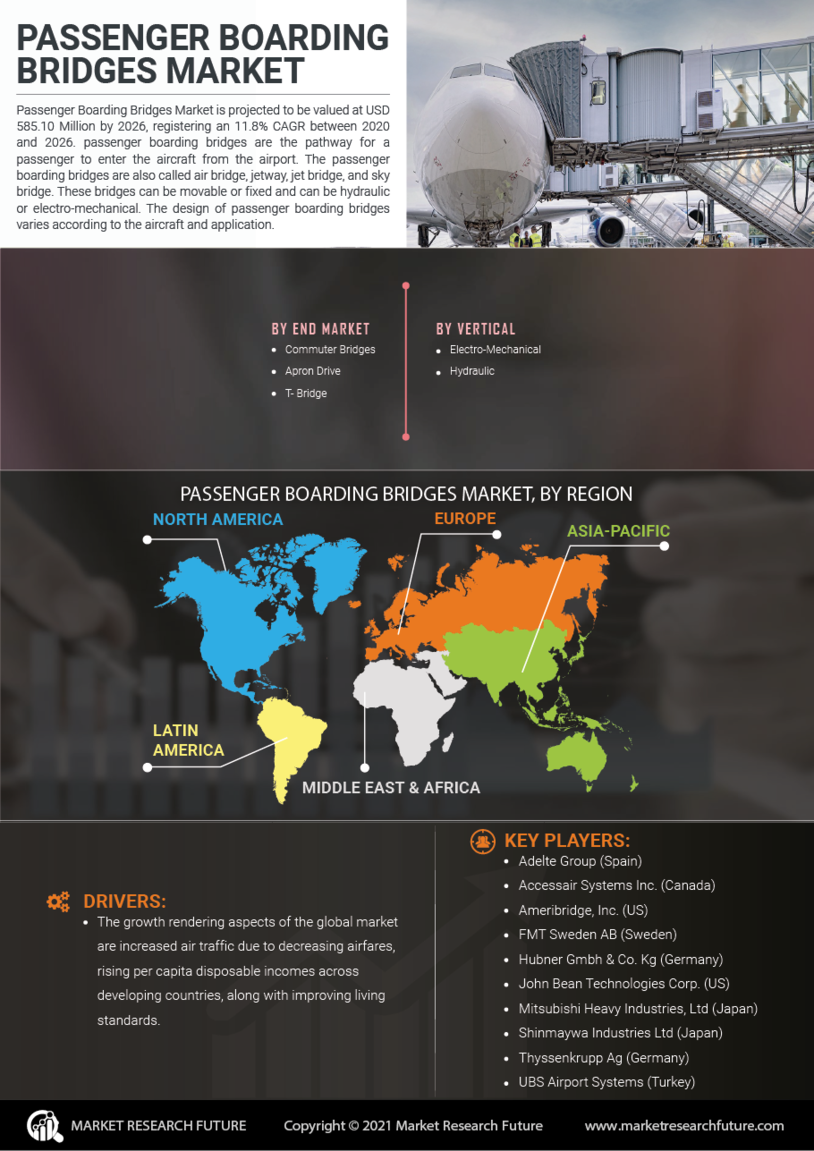

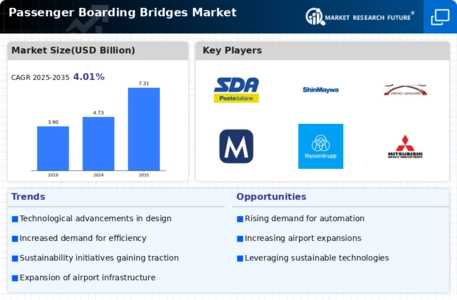
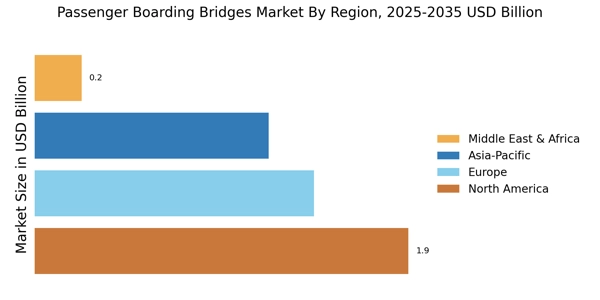
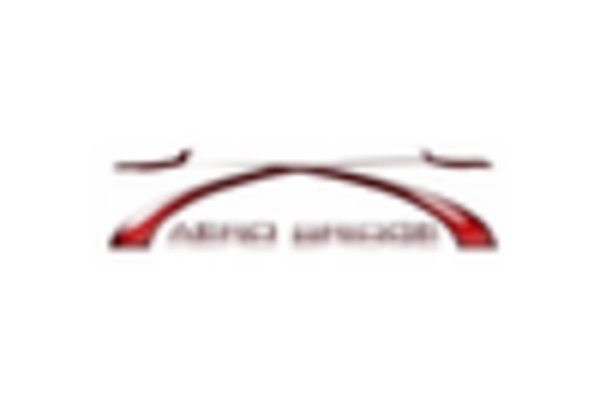

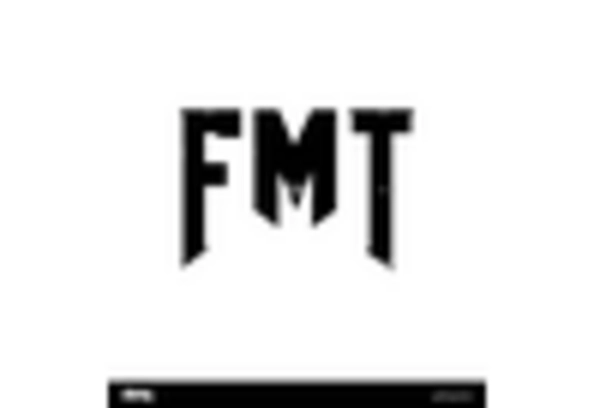

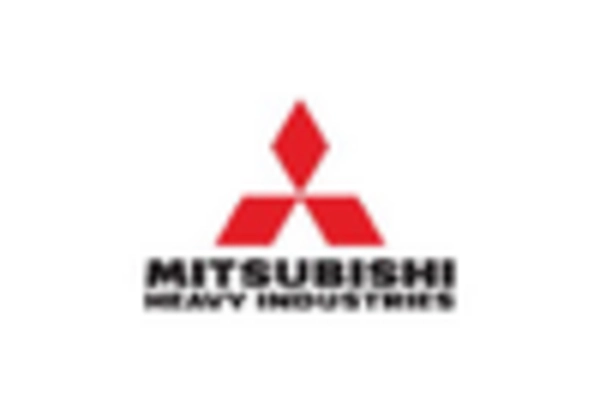
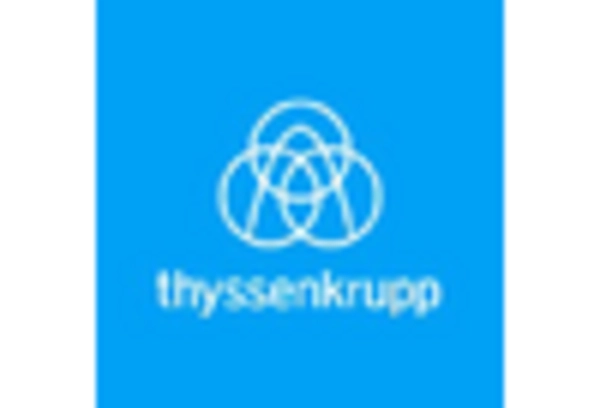








Leave a Comment